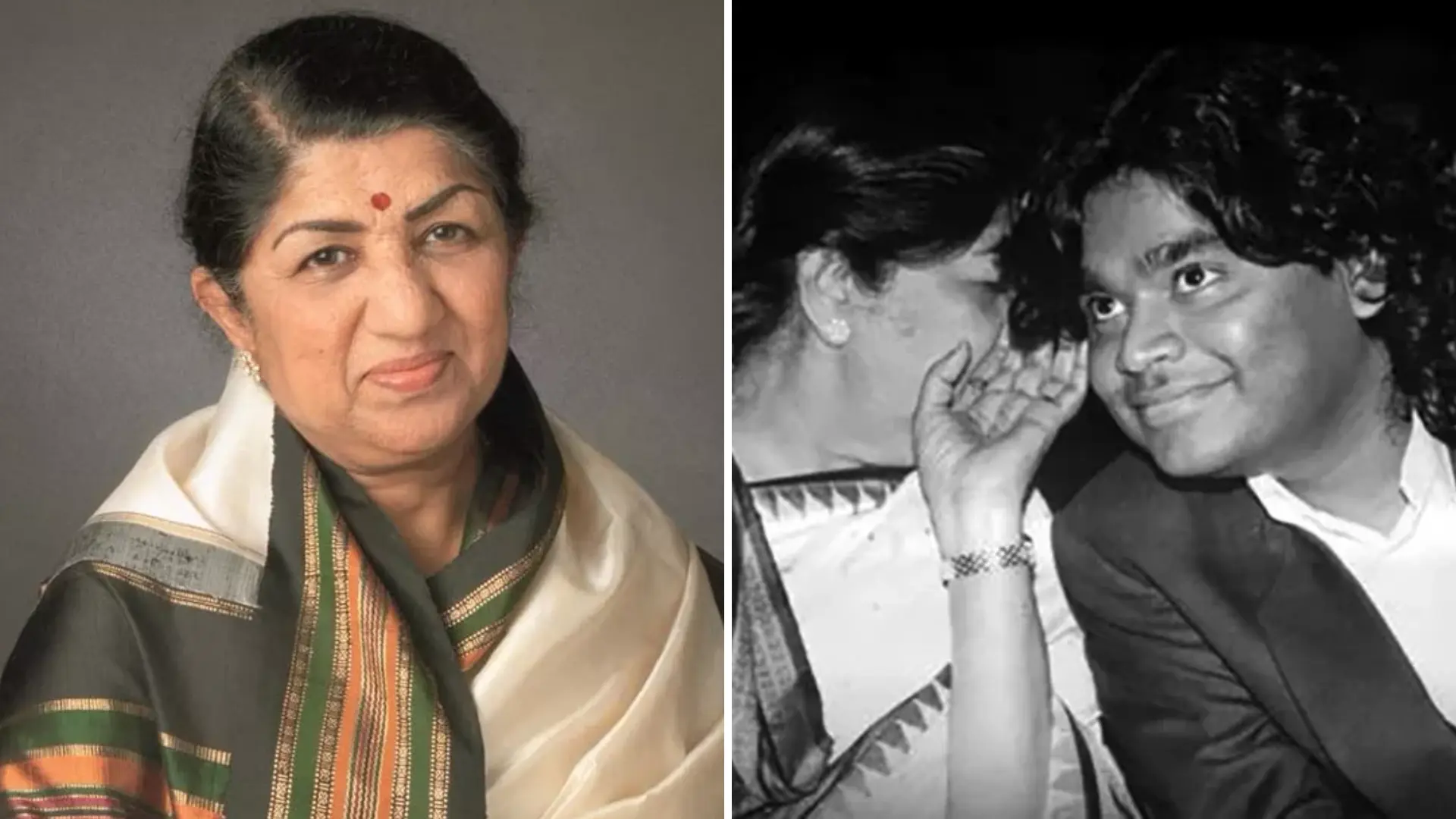Breast cancer is often associated with older women, especially those over 50. However, it’s crucial to recognize that breast cancer can affect women in their 20s, 30s, and 40s as well. This cancer typically begins in the breast cells, where abnormal growth leads to the formation of tumors, some of which can be cancerous and severely impact one’s health. Early detection is key to improving the prognosis and quality of life. That’s why it is essential for women of all ages, especially younger women, to be aware of the early signs and symptoms of breast cancer. Recognizing these changes early can lead to timely treatment and a better outcome.
1. Worrisome Changes in Breast Size or Shape
One of the most noticeable signs of breast cancer in younger women is sudden or unexplained changes in the size, shape, or symmetry of the breasts. This could include swelling, shrinking, or a shift in the natural shape of one or both breasts. Asymmetry is particularly concerning if it appears suddenly or changes over a short period of time. If you notice such changes, it is essential to consult a healthcare provider promptly. These changes could be benign, but they could also be indicative of something more serious.
2. Presence of a Lump or Thickened Area
Lumps or thickened areas in the breast or underarm are common warning signs of breast cancer. These lumps can vary in size and may or may not be painful. Regular breast self-examinations are an important practice for women in their 20s, 30s, and 40s to help identify any unusual growth. If you feel any lumps or changes in your breast tissue, especially if they persist or grow over time, it’s crucial to seek medical advice. Early detection of lumps can lead to more effective treatment options.
MUST READ: Are Standing Desks Really Better? Study Explains Why It Is Better To Sit Down And Work
3. Breast and Nipple Changes
Any unusual changes in the breast or nipple area should not be ignored. This includes redness, dimpling, or puckering of the skin on the breast. In some cases, the nipple may become inverted or start to discharge fluid, which could be clear, yellow, or even bloody. Bloody discharge from the nipple is a particularly serious symptom and should be evaluated by a healthcare professional as soon as possible. These changes, though not always cancerous, could indicate an underlying problem that requires further investigation.
4. Unexplained Breast Pain and Tenderness
While breast tenderness is a common symptom related to the menstrual cycle, persistent or constant breast pain that is not linked to your period may be a cause for concern. Unexplained pain or sensitivity, especially if it does not improve or fluctuates in intensity, should be discussed with a healthcare provider. Even though most cases of breast pain are benign, it’s important to get a proper diagnosis to rule out any serious conditions, including breast cancer.
Taking Charge of Your Breast Health
Women of all ages should actively monitor their breast health by performing regular self-exams and seeking medical advice if they notice any unusual signs or symptoms. Timely intervention and regular screenings, such as mammograms, can be lifesaving. Doctors may recommend these screenings more regularly depending on personal risk factors, including family history and other health considerations. Early diagnosis is crucial, as it significantly improves the chances of successful treatment and recovery.
Breast cancer is not limited to older women. Women in their 20s, 30s, and 40s should be proactive in recognizing the early signs and symptoms of this disease. Any unusual changes in the breasts, including lumps, changes in shape, nipple discharge, or pain, should be promptly discussed with a healthcare provider. Early detection through self-examination, screenings, and medical consultation is essential for improving outcomes. By being vigilant and proactive about breast health, women can catch potential issues early, leading to better treatment options and a higher chance of survival.
ALSO READ: Risk To Heart Attack Surges Amid Pollution And Winter Merges, Check Its Preventions


















